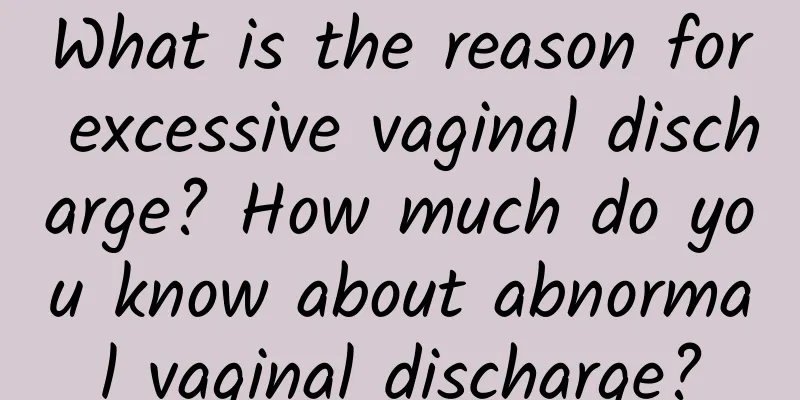What are the symptoms of pelvic peritonitis

|
Nowadays, many women in society are busy and do not pay attention to their physical health, which can easily lead to some diseases. Pelvic peritonitis is one of them. When this disease occurs, it causes great harm to women's bodies. Therefore, we should pay attention to the common symptoms of the disease to avoid causing more impacts and the symptoms of pelvic peritonitis. Low back pain is common in women due to physiological characteristics such as menstruation, pregnancy, childbirth, and breastfeeding. In addition, menstrual disorders, leucorrhea, pregnancy disorders, gynecological diseases, and post-abortion conditions can also cause low back pain. Common causes of clinical manifestations include: 1. Abnormal uterine position: Low back pain is caused by anteversion, retroflexion, prolapse of the uterus, etc. There is no special treatment for this type of low back pain, but correcting uterine prolapse and changing body position can relieve the symptoms. 2. Pelvic peritonitis Patients with chronic adnexitis, pelvic peritonitis, and pelvic connective tissue inflammation may experience low back pain due to inflammation. As the primary disease improves or heals, the low back pain symptoms may gradually become lighter and disappear. 3. Patients with pelvic tumors such as uterine fibroids, cervical cancer, and ovarian cysts may experience low back pain due to tumor compression of nerves or cancer cells infiltrating pelvic connective tissue. Such patients often experience widespread pain in the entire abdomen when they have low back pain, and drug treatment is often ineffective. 4. Sacrospinous ligament relaxation After pregnancy, the fetus grows larger and the waist support increases, which leads to sacrospinous ligament relaxation, compressing the pelvic nerves and blood vessels and causing low back pain. This type of low back pain generally disappears gradually as the waist muscle strength recovers after delivery. 5. Lumbar muscle strain Excessive fatigue, abnormal standing and sitting postures, and too tight waist bands can all lead to lumbar muscle strain and cause low back pain. Therefore, such patients should pay attention to the combination of work and rest, and often move their waist to stretch the waist muscles. |
<<: What are the symptoms of pelvic peritonitis
>>: What are the symptoms of pelvic peritonitis?
Recommend
Patients with irregular menstruation should be examined in time
In recent years, irregular menstruation has long ...
What causes spontaneous abortion?
Spontaneous abortion may be caused by chromosomal...
What fruits are good to eat after painless abortion? Can you eat fruits after painless abortion?
What fruits are good to eat after painless aborti...
What are the vaginal wash solutions for Trichomonas vaginitis?
What are the vaginal wash solutions for Trichomon...
How to identify uterine fibroids? What should be checked before treatment of uterine fibroids?
According to traditional Chinese medicine, uterin...
Several factors that cause cervical warts
Cervical warts are a common sexually transmitted ...
How to check for recurrent miscarriage
Recurrent miscarriage is called "slippery ab...
Body Sculpting Tutorial - Building Beautiful Legs and Buttocks (Part 2)
The smell of summer is getting stronger and stron...
What medicine is effective in treating Bartholinitis?
What are the treatment drugs for Bartholinitis? T...
Experts introduce the main methods of preventing and treating chronic cervicitis
Clinically, the cause of chronic cervicitis is no...
How to view the classification of ovarian cysts
Ovarian cysts have developed into a common gyneco...
Excessive nitrate in vegetables EU: Do not exceed 220mg
Is eating more vegetables really good for your he...
Focus on 3 aspects of psychological care for patients with artificial abortion
Abortion surgery also causes great psychological ...
How much does it cost to treat endometriosis?
How much does it cost to treat endometriosis? How...
Some points to pay attention to when performing artificial abortion
Artificial abortion is not necessarily caused by ...









